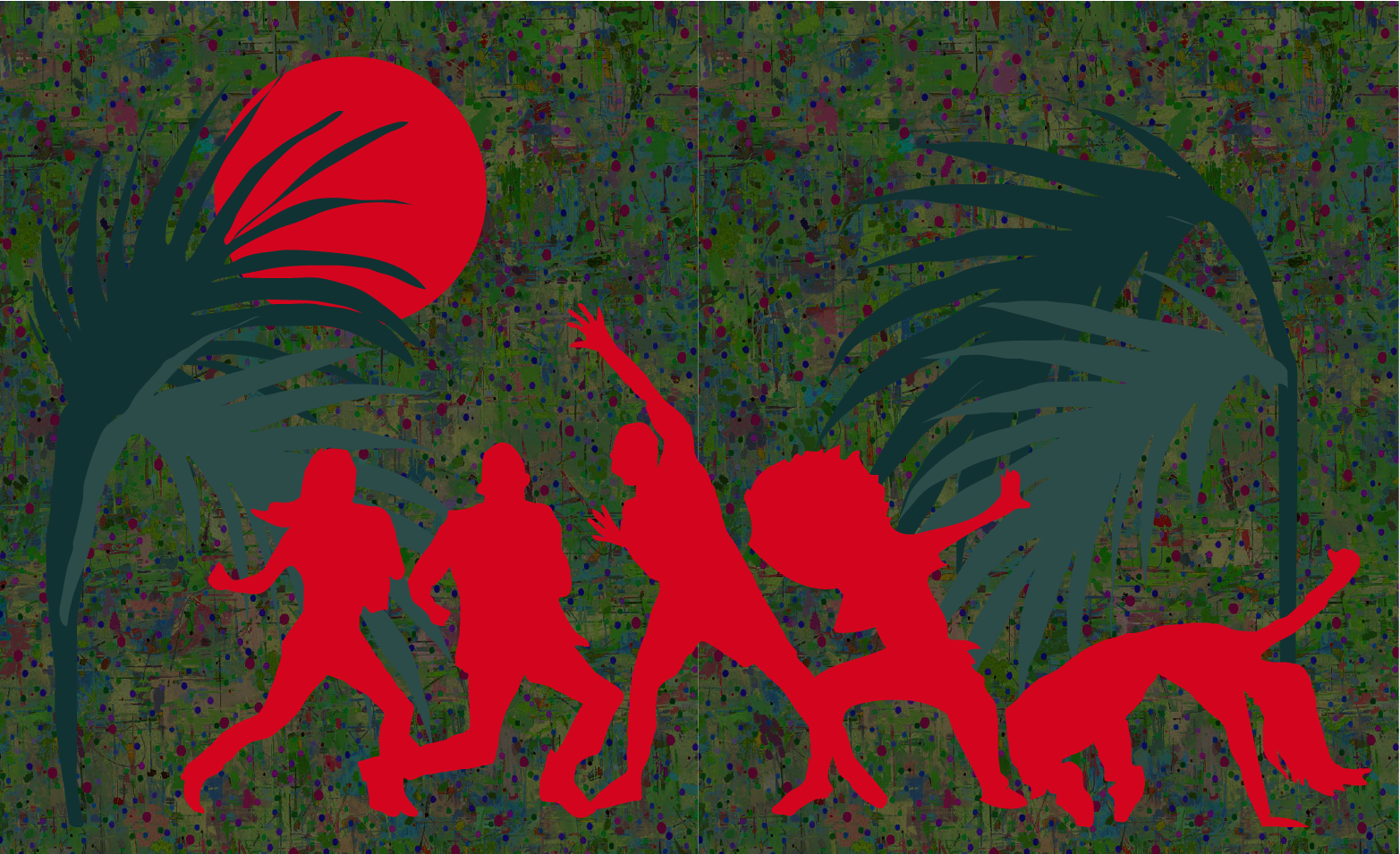
September’s final installment of Conversations at the Edge celebrated the centennial of Margaret Tait, the Scottish film-poet. Born in 1918 on the Orkney Islands of North Scotland, she produced 50 films over her long career, the last in 1999 shortly before her death. She also published poetry and short stories. Her work centers on her home in Orkney, exploring relationships with nature, time, and her community.
Hosted by the Gene Siskel Film Center, Conversations at the Edge screened three of Tait’s short films — “A Portrait of Ga” (1952), “Aerial” (1974), and “Colour Poems” (1974) — and one longer work, titled “Where I Am Is Here” (1964). The screening was introduced by Amy Beste, Director of Public Programs at Gene Siskel. Tait originally studied medicine, then worked in India as a medic during World War II. After the war, she went to Rome and studied Italian Neorealist film techniques at the famous Centro Sperimentale di Cinematografia. In 1952 she returned home to Orkney, where she started her own production company, Ancona Films. She wrote, directed, and produced films there for the rest of her life.
Beste emphasized the natural themes of Tait’s work. She pointed out the influence of the artist’s medical and scientific training on her art, seen in her close examination of nature. Tait’s studies of the micro are ways to explore the macro, Beste said.
“A Portrait of Ga,” the first short film shown, is a portrait of Tait’s mother. In voiceover, Tait speaks about her mother and her mother’s mother. The film opens with her mother walking towards the camera, smoking, backed by a Z-shaped composition of land and water. In a series of clips she speaks (unheard), hurries quickly towards a rainbow, unwraps and eats a candy, gardens, and reads. In the final shot, she walks away from the camera, then turns around to face it.
“Aerial,” the second short, is a more abstract film loosely describing the seasons. It starts with the titular aerial, in silence, followed by shots of grass, trees, and snowy streets. Birds dance on snowy branches, and children play in the snowy street. Rain sounds accompany footage of digging, heralding spring. Rhythms of nature merge with cycles of community life: Buds on a tree transition to neatly swept piles of petals, footage of a dead finch is overlaid with audio of a dog barking, birds eat from a windowsill.
Between each film, there was a momentary pause in darkness. During one of these short interludes, a tiff about phone usage broke out between an older audience member and some students.
The third short, “Colour Poems,” was the most avant-garde of the shorts, loosely describing Orkney life during difficult periods of history. It mixes footage, appropriated audio, and scratch film. It begins with animated scratches on colored film, curving shapes that morph into leaves, then sailboats, and then men rowing and working. Tait reads a poem in the voiceover, describing the men of Orkney leaving for the Spanish Civil War (1936–1939) and returning changed. The rest of the film is comprised of short sections marked by intertitles like “Old Boots” (a shot of old boots, one swaying in the wind, with birdsong in the background) and “Brave New World” (shots of the local mining industry). The film ends with the section “Terra Firma” and long, contemplative footage of poppies in progressive states of bloom.
“Where I Am Is Here” is a longer work Tait made in Edinborough. “My aim was to construct a film with its own logic, its own correspondences within itself, its own echoes and rhymes,” said Tait of this film.
“‘Documentary’ or ‘record’ of the city was not intended; I was using it rather as a vase of flowers or bowl of apples might be used for painting a still life.”
Those correspondences and rhymes include the theme of water: rivers, canals, men and boys fishing, boys sailing toy boats. Water is sometimes paired with fire—bonfires, trash fires, extinguishing fires, children burning a piano. Reflections are another recurring theme: a man is reflected in a mirror, and the camera pans to the “real” man; a truck is seen approaching in a road mirror, and then the real truck barrels into the frame; two reflections of women walk in a shop window, followed by the real women. An especially pleasant trio of shots appears in the middle: repaving a road, repainting a door, and polishing a shoe.
It was this long film that most students commented on after the showing. One student — part of a first-year class discussing the film in the lobby — said the last film was “too slow.” Others agreed, adding that they disliked the “industrial parts” of the long film, compared to the more natural short films. “My favorite part was the door being painted,” one student commented, and several others agreed.
A group of students smoking outside shared their thoughts as well. Tong Pan, a sophomore, liked the work: “it was like a poem with found footage,” he told F Newsmagazine, comparing it to a monologue or ambient music. Cyrus Ng, a junior, admitted he fell asleep briefly, but said he enjoyed the films. He commented on their slow pace, seeing it not as a drawback but simply as a different perception of time, one from an older way of life. “You have to come to work like this with a certain level of energy.”
Emi Barnes, a freshman, agreed. But in “Where I Am Is Here,” there was “too much to focus on at a certain point.” She came expecting narrative, but got visual poetry. “I still loved it.”
Jaitan Xiao, a grad student, commented on the background music in “Where I Am Is Here,” which was frenetic fiddle with a high-pitched female vocalist. Xiao felt it dramatized the abstract film favorably. It was old-fashioned, like opera. It created an immersive experience, she told F Newsmagazine, “Like going to Disney.”
Several students agreed that their favorite moment was the close-up of the candy being unwrapped in “A Portrait of Ga.” They liked the contemplative mood and Tait’s relationship with nature. Said Ng, “When you’re in nature and you have that moment—she captured that moment.”







